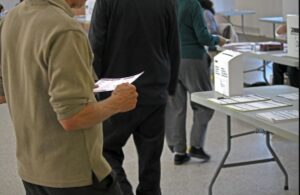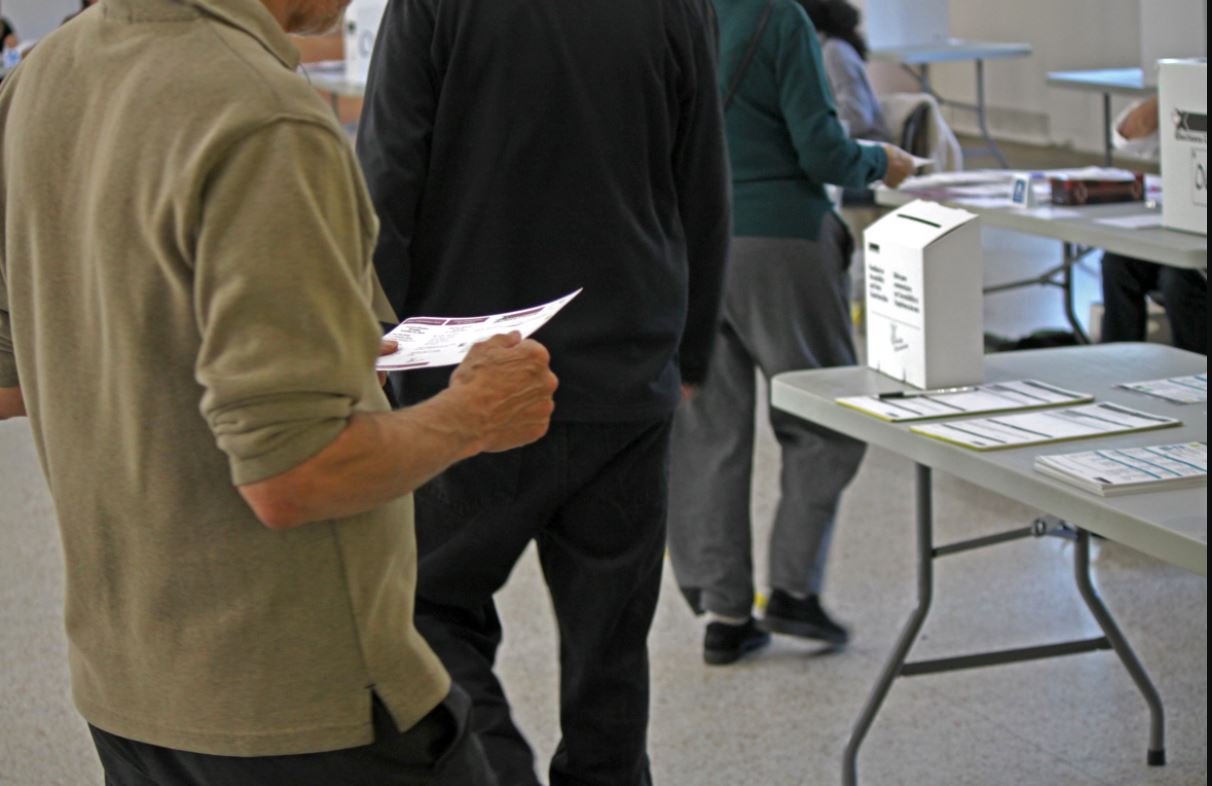Electoral uncertainty: at the polls the undecided will be a key factor

TORONTO – The second week of the election campaign brings with it the unknowns and the grey areas of the first. Confirming the climate of uncertainty that is accompanying the approach to the appointment at the polls on September 20th comes the new Ipsos poll that certifies that the outcome of the early elections is far from decided. On the contrary, the volatility of the electorate is much higher than in the past and, ultimately, the choice of the great mass of undecided will be the real needle in the balance at the polls.
According to the opinion poll, only 45% of Canadian voters have decided to vote for a particular candidate and do not plan to change their minds between now and the end of the election campaign. Among the undecided – as can be seen from the Ipsos poll – 13 percent of respondents do not have the faintest idea who to vote for in the next elections: decisive, from this point of view, could be the two september debates between the prime ministerial candidates. But to add a further element of uncertainty there is also the higher electoral mobility of the past, at least as regards voting intentions: always in the same poll, 20 percent of the sample says they have decided to vote for another party than the one chosen during the 2019 election.
Of course, we have also learned from past experiences how very often it is necessary to take the polls for what they are: not an incontrovertible fact on the balance of power between the parties but a simple taste of the mood of the electorate in a given political phase of the country. However in the last ten days, beyond the figures and numbers, practically all the polls have shown us the same snapshot. The Liberal Party, which started with a clear advantage in voting intentions, has gradually lost strength and is far from winning an absolute majority of seats in the House of Commons.
The Conservative Party, on the other hand, has seen a significant consolidation of support without being able to overtake the party of outgoing Prime Minister Justin Trudeau. Even Jagmeet Singh’s NDP, at least so far, has not taken off in the polls, while the Bloc continues to strengthen in Quebec and Maxime Bernier’s People’s Party always sails around 2 percent. Finally, the level of support for the Green Party is stable, at 5 percent, even if the projections in the individual seats are not very flattering.
So there continue to be these conflicting signals, which feed the thesis of a game open until the last minute and who knows, even until extra time.
According to the iPolitics/Mainstreetopinionpoll, at the level of the popular vote we are witnessing a head-to-head between liberals and conservatives, with a substantial statistical parity. However, if you look at the projections on individual seats, the Liberals continue to maintain a solid lead in numerous constituencies in Ontario and Quebec, key to achieving victory as happened in 2019, although winning the relative majority of seats and not the absolute one. We must not forget, in fact, that our single-round majority electoral system produces distortions in terms of representativeness.
Two years, for example, the Conservative Party led by then-leader Andrew Scheer won 6,239,227 votes, or 34.34 percent, while Trudeau’s Liberal Party did not go beyond 6,018,728 votes, or 33.12%. Yet, in terms of the distribution of seats, the Liberals elected 157 MPs against the Conservatives’ 121.
As for the election campaign, today Trudeau made an announcement regarding the health sector, promising an increase in investment to allow the hiring of 7,500 general practitioners, nurses and other health personnel. The outgoing prime minister attacked O’Toole, accusing him of having planned the progressive privatization of the health care system and of wanting to make new cuts in Canadian healthcare.
An accusation strongly rejected by the conservative leader, who underlined his opposition to the privatization of health care, but leaving the final decision on health expenditure and the use of health funds to the individual provinces.



